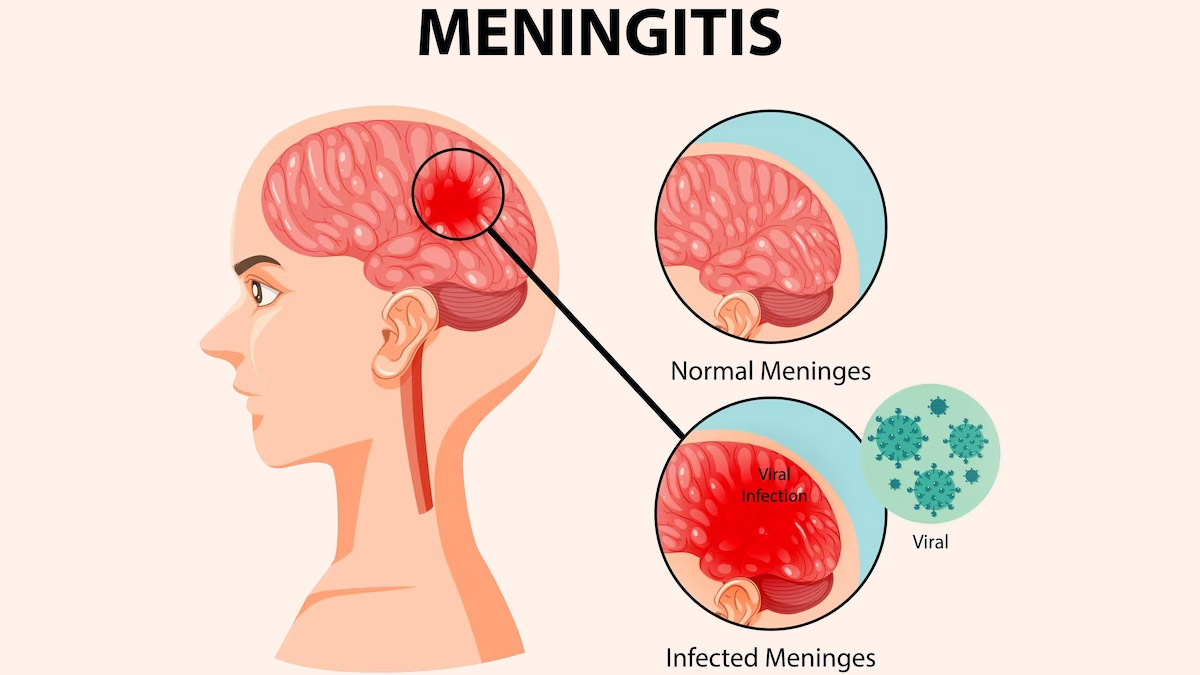Nursing Paper Example on Acromegaly
Nursing Paper Example on Acromegaly
Acromegaly is a rare but serious hormonal disorder caused by an overproduction of growth hormone (GH). It typically results from a benign tumor (pituitary adenoma) in the pituitary gland, which is responsible for secreting excessive amounts of GH. The condition is most commonly diagnosed in middle-aged adults and can lead to significant health complications if left untreated. In this paper, we will explore the causes, signs and symptoms, etiology, pathophysiology, DSM-5 diagnosis, treatment regimens, and patient education related to acromegaly. Understanding this disease is crucial for early detection and effective management to prevent severe complications.

Causes of Acromegaly
The primary cause of acromegaly is the presence of a pituitary adenoma, a non-cancerous tumor in the pituitary gland. The tumor secretes an abnormally high level of growth hormone, leading to the overproduction of insulin-like growth factor 1 (IGF-1) by the liver. The excessive IGF-1 promotes abnormal growth of bones and tissues throughout the body. Although pituitary adenomas are the most common cause, acromegaly can also result from other conditions, such as ectopic production of growth hormone-releasing hormone (GHRH), which stimulates the pituitary gland to release excess growth hormone.
Signs and Symptoms
The signs and symptoms of acromegaly develop gradually and can be subtle at first, making early diagnosis challenging. The most common symptoms include:
- Facial Changes: Enlargement of facial features such as the nose, jaw, lips, and tongue. Patients may experience a coarsening of the facial features, including a protruding jaw (prognathism) and a broadened nose.
- Hand and Foot Enlargement: Increased size of the hands and feet, often noticed when patients find that their rings or shoes no longer fit.
- Joint Pain and Arthropathy: Due to the abnormal growth of bones, acromegaly often leads to joint pain, osteoarthritis, and carpal tunnel syndrome.
- Skin Changes: Thickening and increased sweating of the skin, as well as the development of skin tags.
- Vision Problems: As the pituitary adenoma grows, it can compress the optic nerves, leading to visual disturbances, such as peripheral vision loss.
- Sleep Apnea: Due to the enlargement of soft tissues in the throat and tongue, patients may develop obstructive sleep apnea.
Etiology
The underlying etiology of acromegaly is almost always related to the development of a pituitary adenoma. These adenomas are classified as either microadenomas (less than 10 mm in diameter) or macroadenomas (greater than 10 mm in diameter). The majority of these adenomas are somatotroph adenomas, which specifically secrete growth hormone. In rare cases, acromegaly may be caused by ectopic GH or GHRH production, most often by tumors in the lungs, pancreas, or gastrointestinal tract.
Several genetic conditions have also been linked to acromegaly, including:
- Multiple Endocrine Neoplasia Type 1 (MEN1): A hereditary disorder that increases the risk of developing pituitary adenomas and other endocrine tumors.
- Carney Complex: A genetic disorder associated with pituitary adenomas, among other tumors.
Pathophysiology
Acromegaly is characterized by the overproduction of growth hormone, which leads to an increase in IGF-1 levels. The elevated IGF-1 stimulates the growth of bones and soft tissues, especially in areas such as the face, hands, and feet. The high levels of GH and IGF-1 also have metabolic effects, leading to insulin resistance, hypertension, and dyslipidemia.
The excess growth hormone can also cause tissue hypertrophy and increased cell division, contributing to the development of various complications, including:
- Cardiovascular Disease: Acromegaly is associated with an increased risk of cardiovascular conditions such as hypertension, heart failure, and arrhythmias. The excess GH can lead to the thickening of the heart muscle (hypertrophic cardiomyopathy), which can impair cardiac function.
- Sleep Apnea: As mentioned, the enlargement of tissues in the upper airway can result in obstructive sleep apnea, further exacerbating cardiovascular complications.
- Diabetes: Growth hormone’s antagonistic effect on insulin can lead to insulin resistance and, eventually, type 2 diabetes.
DSM-5 Diagnosis
Acromegaly is not specifically listed in the Diagnostic and Statistical Manual of Mental Disorders, Fifth Edition (DSM-5), as it is not primarily a psychiatric condition. However, diagnosis is made based on clinical signs, biochemical tests, and imaging studies.
The diagnostic approach for acromegaly involves the following:
- Biochemical Testing: The first step is to measure the serum levels of IGF-1, as it provides a reliable indication of growth hormone excess. An oral glucose tolerance test (OGTT) is then conducted, in which a failure to suppress GH levels after glucose administration supports the diagnosis of acromegaly.
- Imaging: Once biochemical evidence of acromegaly is confirmed, an MRI of the pituitary gland is performed to identify the presence of a pituitary adenoma.
- Visual Field Testing: Given the risk of optic nerve compression from a pituitary tumor, visual field testing may be conducted to assess any vision abnormalities.
Treatment Regimens
The treatment of acromegaly aims to normalize GH and IGF-1 levels, alleviate symptoms, and prevent complications. The main treatment options include:
- Surgical Treatment: The primary treatment for acromegaly is the surgical removal of the pituitary adenoma. The goal is to achieve a complete resection of the tumor. However, surgery is not always curative, especially if the adenoma is large or located near critical structures like the optic nerves.
- Medical Treatment: If surgery is unsuccessful or not feasible, medical therapy may be used. The following medications are commonly employed:
- Somatostatin Analogs (Octreotide, Lanreotide): These drugs inhibit GH secretion and reduce IGF-1 levels.
- Growth Hormone Receptor Antagonists (Pegvisomant): Pegvisomant blocks the effects of GH at its receptor and lowers IGF-1 levels.
- Dopamine Agonists (Cabergoline): In some cases, dopamine agonists can help reduce tumor size and lower GH production.
- Radiotherapy: In cases where surgery and medication are not sufficient, radiotherapy may be used to shrink the tumor over time. This is typically reserved for patients with persistent disease after other treatments.
Patient Education
Patient education is a vital component of managing acromegaly. Key educational points for patients include:
- Understanding the Disease: Patients should be informed about the nature of acromegaly, including its symptoms, complications, and the importance of early diagnosis and treatment.
- Treatment Adherence: It is crucial for patients to adhere to prescribed treatment regimens, whether surgical, medical, or a combination of both. Non-adherence can lead to persistent disease and further complications.
- Monitoring and Follow-Up: Regular monitoring of GH and IGF-1 levels is necessary to assess treatment efficacy. Patients should also be monitored for complications such as cardiovascular disease, diabetes, and sleep apnea.
- Lifestyle Modifications: Patients may benefit from lifestyle changes, such as weight management, regular exercise, and a healthy diet, to manage associated conditions like hypertension and diabetes.
Conclusion
Acromegaly is a rare endocrine disorder that can have significant, long-term effects on a patient’s health if not properly managed. Early diagnosis and treatment are essential for reducing the risk of severe complications. Medical advancements, including surgical and pharmacological interventions, have greatly improved the prognosis for individuals with acromegaly. Patient education is also a critical component of managing the disease, ensuring adherence to treatment, and preventing further health issues.
References
Fagin, J. A., & Kastelein, J. J. (2019). Acromegaly. The Lancet Diabetes & Endocrinology, 7(6), 450-460. https://doi.org/10.1016/S2213-8587(19)30087-4
Melmed, S. (2016). Acromegaly. New England Journal of Medicine, 375(17), 1664-1673. https://doi.org/10.1056/NEJMra1602113
Colao, A., & Di Somma, C. (2017). Acromegaly: Pathophysiology and clinical management. Endocrinology and Metabolism Clinics of North America, 46(4), 685-704. https://doi.org/10.1016/j.ecl.2017.07.001
Giustina, A., & Chanson, P. (2017). Acromegaly: Pathophysiology and clinical management. The Lancet Diabetes & Endocrinology, 5(7), 561-575. https://doi.org/10.1016/S2213-8587(17)30119-9











